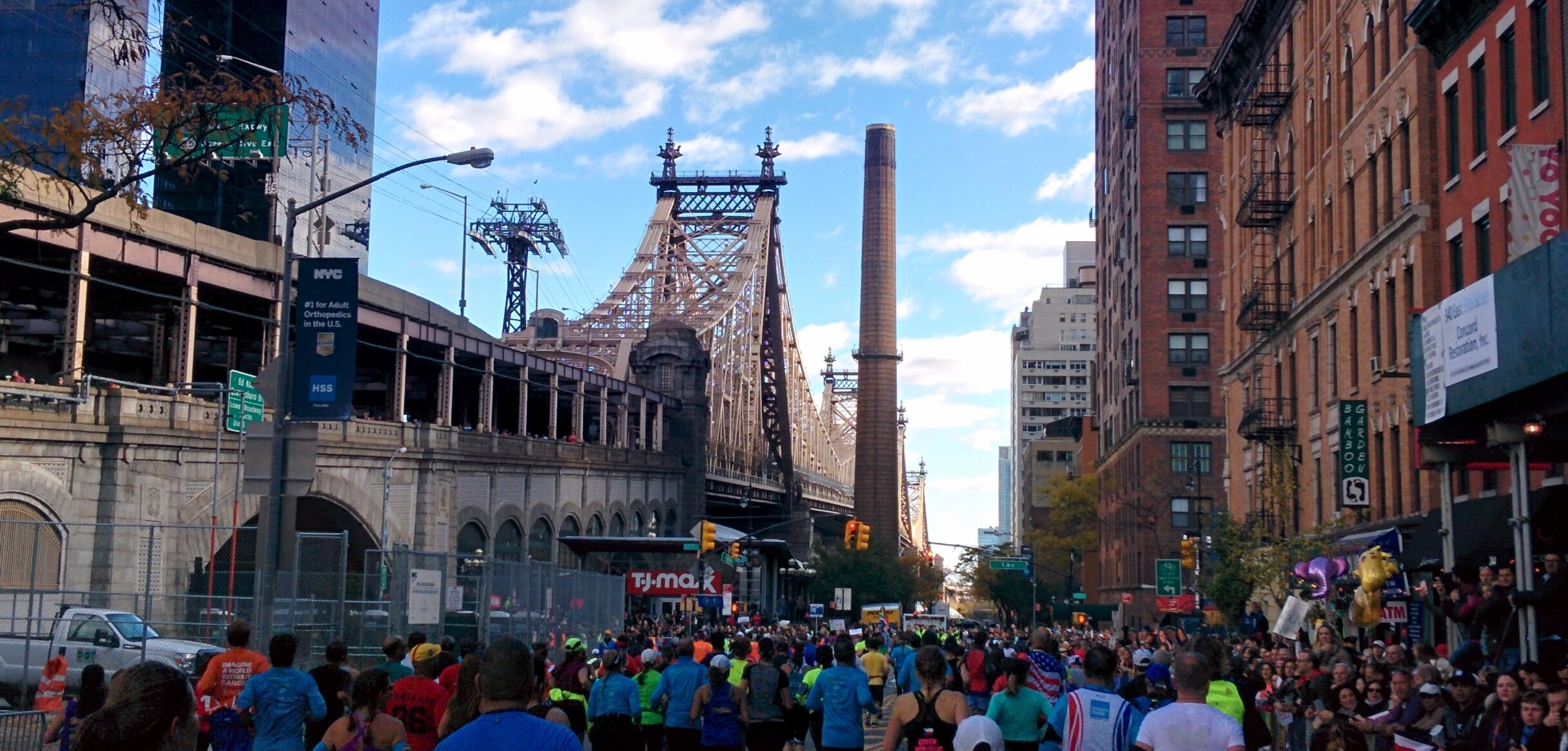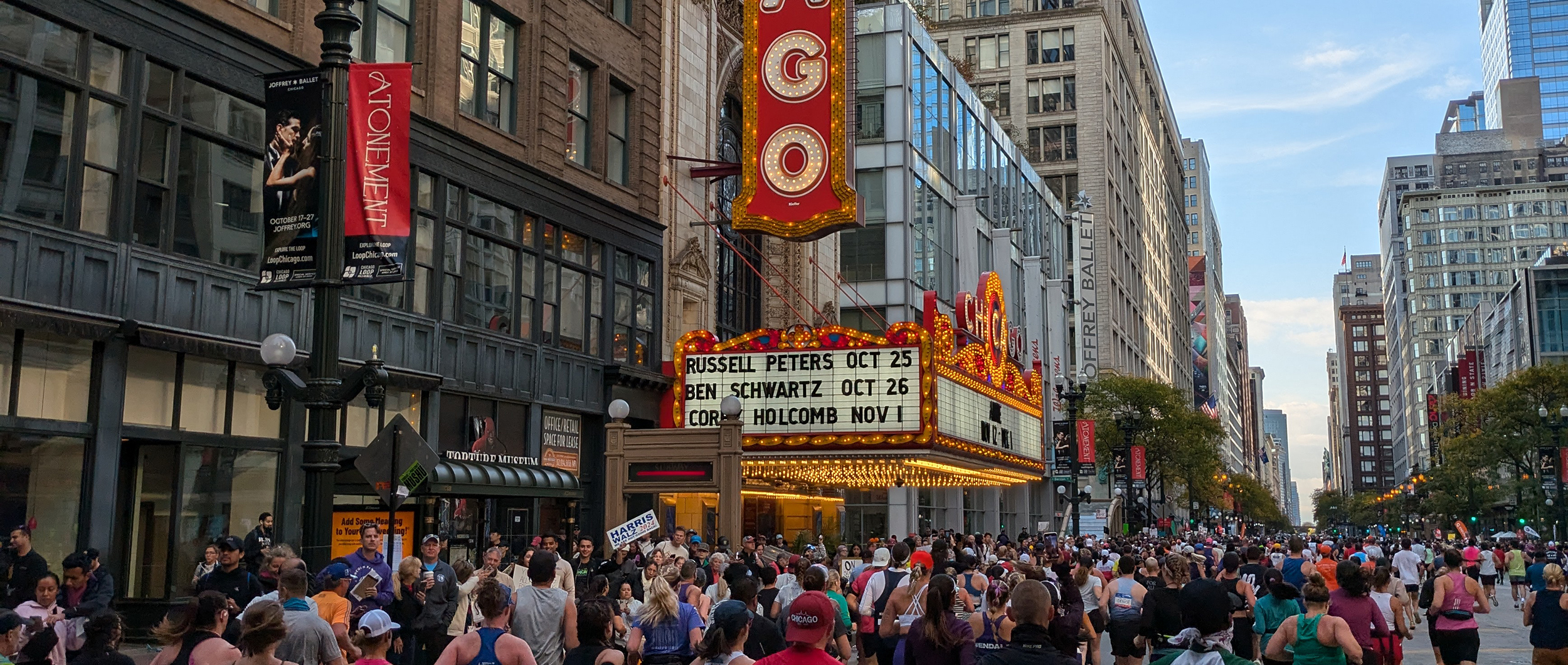News
NOW OFFERING RACE-SPECIFIC TRAINING PLANS!

As a coach, my job is to observe lots of things - patterns, behaviors, data, how people move, and more. Though I certainly observe the athletes who I coach the most, this isn’t a switch I can “turn off,” so I end up observing things whenever I’m around or talking to any athletes, not just the ones I’m coaching. This week I’m kicking off a series of posts that dive into the most common mistakes I see self-coached athletes making. The first mistake we’re going to talk about is the one I’m kicking things off with because - in my humble opinion - it’s the most common one: Too much too soon.
“Too much too soon” refers - as you may have guessed - to doing too much too soon. But what exactly is being done too much and too soon? The key variables that we adjust and manage in training are volume and intensity. Very simply defined, volume refers to the overall amount of training that an athlete is completing, while intensity refers to the level of difficulty of training. When I see athletes doing too much too soon, they are doing too much volume, too much intensity, or too much of both volume and intensity simultaneously.
When managing their own training, athletes often set a goal (usually by signing up for a race) and then work backwards from that goal race date to plan training. This process opens the door for mistakes, especially if the timeline to the goal is not sufficient. Truthfully, many athletes pick races that they want to do (for any number of reasons) and do not necessarily pick races based on what timeline is actually appropriate for them to train safely and properly to have their strongest performance possible. Under that time pressure to “be ready” by race day, athletes will attempt to compress the timeline needed to prepare, and thus will ultimately end up doing too much before they are truly ready to. I’ve seen this lead to many undesired things, including burnout, injury, and unmet goals.
While this mistake can happen at any time in training, self-coached athletes often will do too much too soon after a period of injury or illness. Unfortunately, these time periods tend to be when mismanaging volume and intensity carries the highest risk. Athletes make the mistake of thinking that they are the same as they were before they got injured or sick. (Or, perhaps more dangerously because it indicates a lack of self-awareness and honesty, they act on what they want or wish- to be the same as before - rather than acting on what they are.) Because of this, often athletes will try to resume activity at the same volume and/or intensity as they were doing before.
The reality is that the athlete is not the same as they were before they got injured or sick. No matter what the cause was, after illness or injury, the athlete is now in a state of decreased fitness (how much is specific to each athlete and depends on a lot of variables) and must start from where they currently are physically at, even if their brain thinks that they’re somewhere else or their heart wishes they were somewhere else. Yes, this means that athletes will need to “regress” or “take a step back”, and that can feel, well, not so great. But this regression will happen whether or not you plan for it (just ask any athlete who has made this mistake or think back to the last time you made this error), so it’s best to plan for it and build from there. Doing less is actually more in this situation, because it is what will allow the fastest upward trajectory over time. Get this dosage wrong, and you’ll set yourself back further, thereby extending the overall timeline back to pre-injury/illness fitness levels.
While it may seem ironic or counterintuitive, another common time period for athletes to do too much too soon is after a key goal race. As it pertains to this discussion, a key goal race is any race where you are giving a top-end effort; the length of the race is irrelevant. So whether you’re racing a hard 5K or doing a longer event such as an IRONMAN 70.3 or marathon, doing too much too soon after that key event can be problematic.
Key goal races place a lot of overall stress on the body. Endurance training at its core is actually managing stress loads on the body, but key races place a higher-than-average-in-training amount of stress on the body due to the physical and mental load on athletes.
All of you out there who have ever said the phrase, “It’s just stress”, you need to read this (and read it very carefully): As I’ve talked about many times over the years, the body doesn’t distinguish (and therefore doesn’t care) about the source; all it can detect is that it’s under stress. So whether that stress comes from work, a fight with your spouse, an ongoing situation with your kids, or from training or a race, the body only sees stress. When the body is under stress, certain systems (most notably the immune system) are compromised. Stress isn’t “just” anything. It is the single most impactful force on the human body. Period.
In sport, it’s not uncommon for athletes to get sick after they race in a goal event. On college campuses, illness rates spike during and after the weeks of midterms and final exams. FOlks finally get away from work and go on vacation - only to find themselves sick while they’re away.
All of these are examples of a phenomenon known as the “Let-Down Effect”, which is the name given to the pattern of people getting sick after a period of high stress.
The Let-Down Effect is a result of the body’s natural immune response; in periods of high stress, the body releases hormones that ramp up the immune system and help ward off illness. Once that stress is relieved or removed, the body (and immune system) go into a period of relaxation, decreasing the production of those hormones, which leaves people susceptible to illness.
So, even though athletes may “feel” better after a goal race (or even after an illness), the immune system is still compromised. Thus, imposing too much additional stress on the body when it is already under stress or when it is in a period of recovery from a stressful time period/situation further weakens the body’s systems and opens the door for illness, prolonged recovery, and impaired performance.
Too much too soon is an all-too common mistake that can have pretty significant consequences. If you are self-coached, you need to be extremely self-aware to avoid it. Following a Pre-Built Training Plan or working with an experienced coach can help keep you reigned in and following a plan that progresses at a safe rate so you can keep doing what you want to be doing with a reduced chance of setbacks and mishaps. I often tell athletes that it is better to show up on race day 15% underprepared than 1% overtrained. Less is more; don’t do too much too soon.



































































































Have a question or ready to get your TRAINING started?
Fill out our Contact Form to the right and we will get back to you shortly!